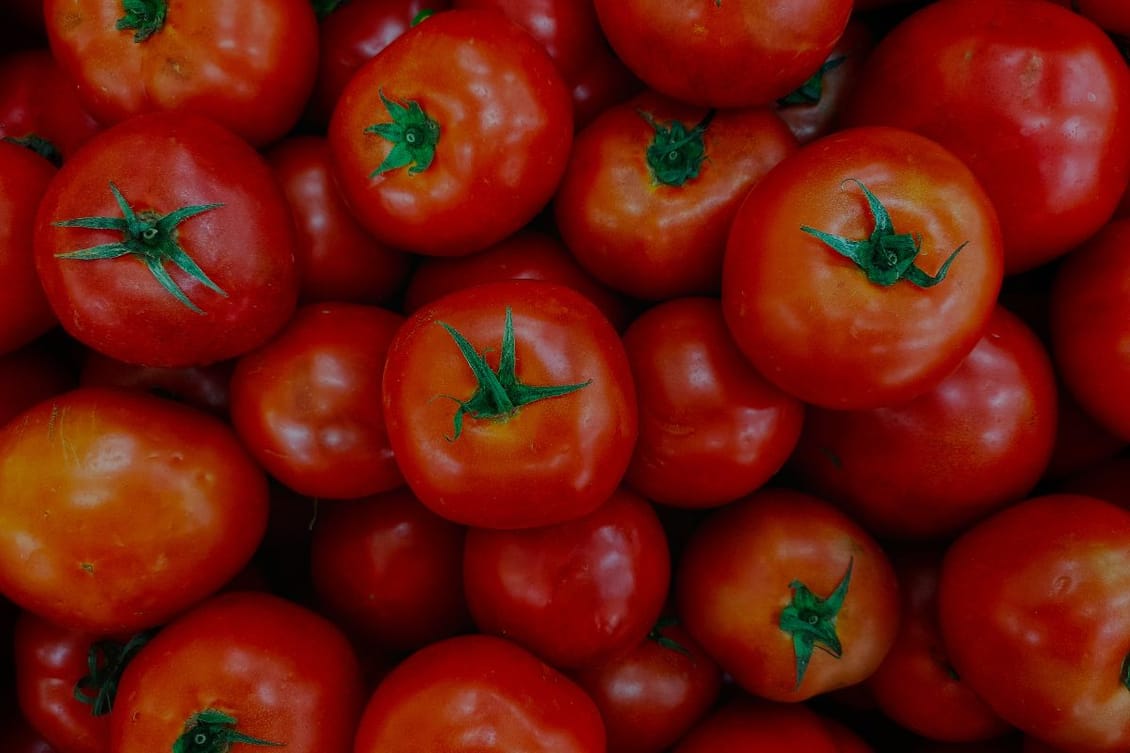
A big welcome to the 23 new foodies who have joined us this week — you’ve got good taste.
If you too have good taste then subscribe to The Sauce — InFlavour's content & insights community, run by global experts. Sink your teeth into stories about food, worth sharing, and receive insights, ideas, opinions, trends, and strategies straight to your inbox.
Keep up with our weekly newsletters on LinkedIn by subscribing here.
Tomatoes like to chat. Actually, lots of plants like to chat – and they share knowledge in very surprising ways.
Engineers at MIT developed nanotechnology which, when embedded in the spinach plant, enables the spinach to wirelessly communicate detailed sensory information back to the scientists. And in Italy, scientists discovered that plants teach their offspring how to adapt to climate change – passing epigenetic memories from generation to generation.
Now, a new study by researchers at the University of Illinois Urbana-Champaign has revealed new insights into the communication style of tomatoes.
Plants communicate through chemistry: with volatile organic compounds (VOCs) which they produce to send messages to, and have an influence on, the environment around them.
Plants release VOCs for a range of reasons, including to signal that they’re injured or warn each other about potential threats in the environment. You might have experienced a plant VOC without even realising it – like the scent of freshly cut grass. It’s a sensory delight for human beings; but it’s actually a distress call from the plants (we know – we were devastated to learn this, too).
But VOCs are produced for positive reasons as well. A plant can use them to ‘call’ beneficial soil microbes that help it grow, or to ask insect predators to come along and eat a bug that’s destroying its leaves.
The study looked at what happens when tomatoes are visited by ‘friends’ (soil microbes that are beneficial to their health and growth) and ‘foes’ (caterpillars).
Speaking to the Carl R. Woese Institute for Genomic Biology, Erinn Dady (co-author of the study) said:
"When a caterpillar chews on a leaf, the plant sends out a signal that calls out to the caterpillar's predators. It's like a billboard that tells them where lunch is.”
Plants can’t move. They are, quite literally, rooted to the spot. So chemical communication gives them an enhanced chance of surviving in that spot – by engaging other organisms and animals in and around their environment to come to their aid.
Interestingly, the study found that hybrid tomatoes (the kind grown for large-scale production) aren’t as good at producing communication chemicals as heirloom varieties. This suggests that plant breeding and cultivation processes are affecting their natural communication skills – making it harder for them to protect themselves from environmental dangers.
We love a good story here at The Sauce.
So here’s a (completely fictional) 35-word story that a tomato told us:
There once was a very smart tomato. A caterpillar was eating its fruit. It called out into the sky – bird, bird! And a bird came. It ate the caterpillar – and then the tomato grew taller.
You’re welcome.
Join us at InFlavour 2024 to get ahead of the curve with the latest developments in F&B. We can’t wait to see you there.
Take your seat at the InFlavour table, a government-backed and world-leading B2B food event by Tahaluf.
E-mail address SubmitWant to keep up to date with all our latest news and information? Enter your name below to be added to our mailing list.
E-mail address Submit